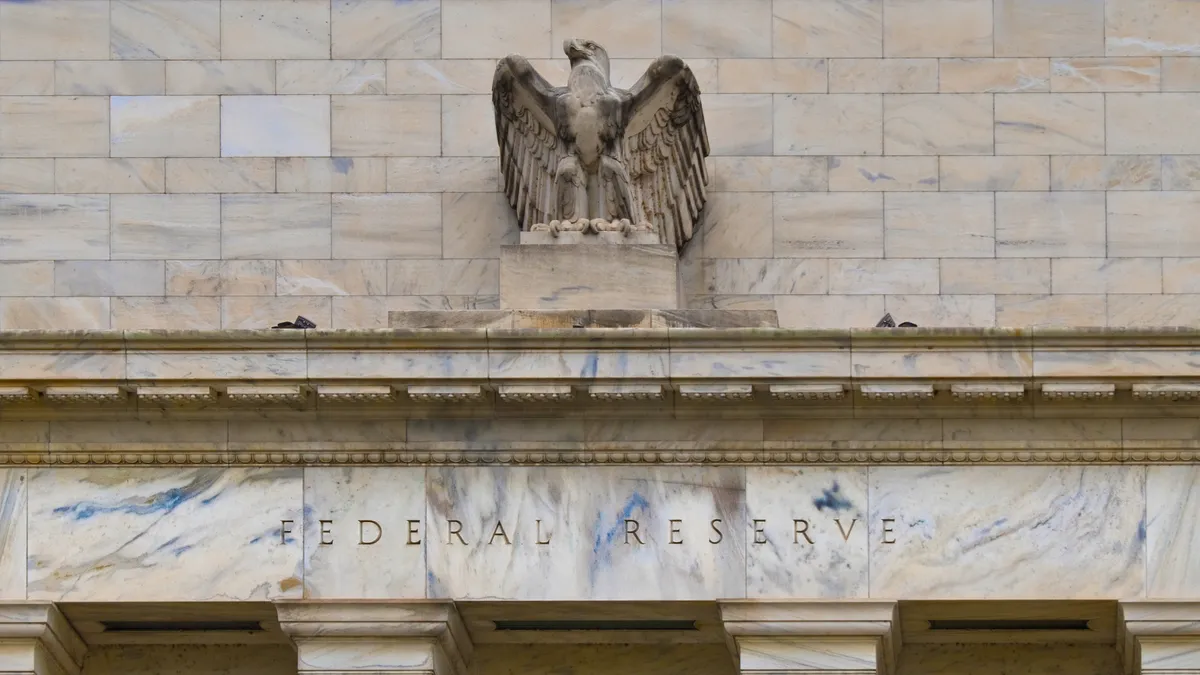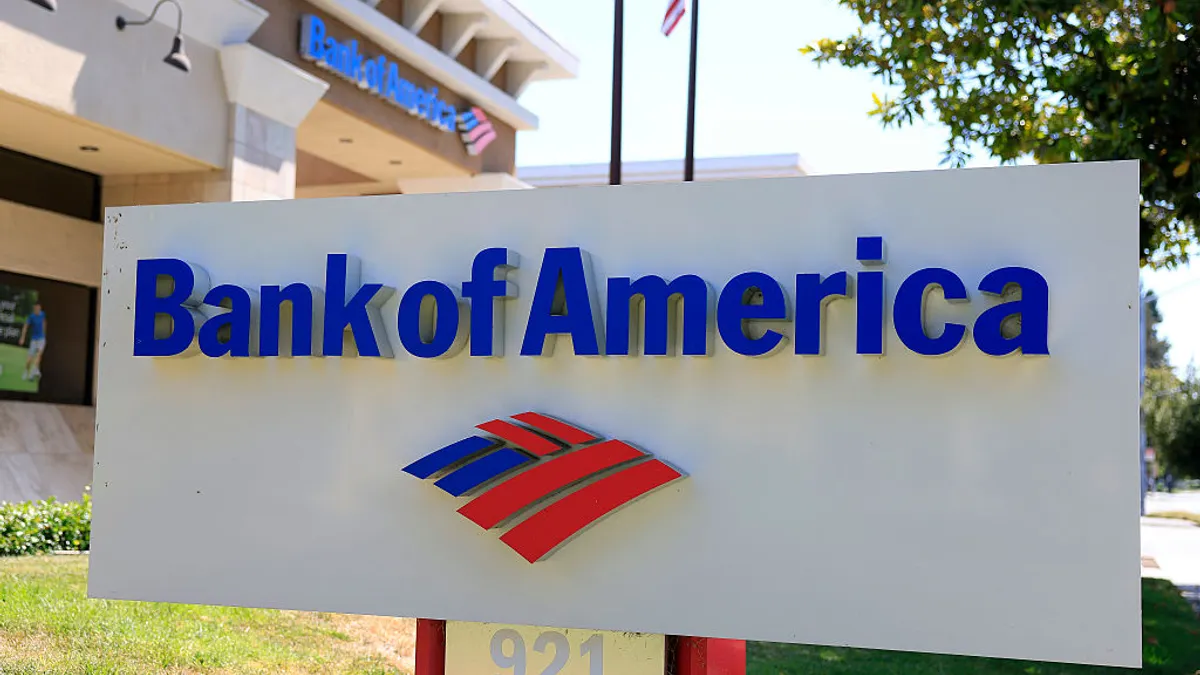The Federal Reserve Board's Office of Inspector General issued a report last week criticizing the central bank's supervision of Silvergate Bank in the years leading up to its failure.
While the full report remains private, the executive summary noted the Fed did not act quickly enough to address the rising risks at Silvergate as it explored novel crypto-related businesses.
The OIG initiated the evaluation in March this year to identify potential supervisory lessons learned following the bank holding company's announcement to voluntarily liquidate Silvergate, the summary said. The scope of the evaluation covered oversight activities from 2013 through 2023, including Silvergate's evolving crypto-focused business strategy, rapid deposit growth, highly concentrated business activities and governance and risk management practices – all of which led to deposit flight.
The report highlighted the bank's multilayered concentration risk that eventually led to its failure.
"The bank's deposit accounts were largely funded from companies in one industry, and nearly all deposits were uninsured and noninterest bearing. Further, nepotism, evidenced in the several familial relationships among members of the bank's senior leadership team, undermined the effectiveness of the bank's risk management function," the summary said.
The bank was left susceptible when the crypto industry plunged after crypto exchange FTX filed for bankruptcy in November 2022. This led to crashing crypto prices, and a liquidity crisis for Silvergate as significant deposit outflows plagued the bank.
In March 2023, Silvergate's parent company failed to submit its annual financial report to the Securities and Exchange Commission on time, citing regulatory and legal uncertainty in the sector and "continuous developments" at the holding company and the bank.
"That same month, Silvergate experienced another significant deposit outflow and the bank's holding company announced its intent to voluntarily liquidate Silvergate. As of the date of this report, the bank had not failed and therefore did not result in a loss to the Deposit Insurance Fund; the bank was winding down its operations," the OIG report said. The bank started winding down on March 8 this year.
The summary found that the Fed and the San Francisco Fed took a narrow overview of whether Silvergate's growing crypto activities changed the "general character" of business requiring Fed approval under Regulation H. This contradicted Supervision and Regulation Letter 02-9 guidance, which directs assessing the risk implications of a bank's strategic shifts. The limited interpretation by the Fed allowed Silvergate to transform into a crypto-focused bank without approval or risk mitigation conditions in place.
"The Board and FRB San Francisco viewed the bank's activities as traditional banking activities because the bank received cash deposits from and made loans to its crypto industry deposit customers," the summary said.
"The Board's and FRB San Francisco's narrow interpretation allowed Silvergate to enter a new business activity and gradually shift from commercial and mortgage banking activities to operating as a monoline entity serving the crypto industry without obtaining approval or implementing any conditions to address that transition," the report added.
The OIG also found examiners should have escalated concerns earlier through more forceful supervisory actions. While staffing constraints were cited, the OIG concluded bolder oversight was warranted given Silvergate's unchecked expansion, volatile funding, and unaddressed control weaknesses.
Additionally, the OIG found that FRB San Francisco could have improved the transition process when Silvergate outgrew the Community Banking Organization portfolio and moved to the Regional Banking Organization supervision group in 2022. Once the bank's assets exceeded $10 billion in 2021, prompting the move from CBO to RBO oversight, the Fed could have assigned an RBO team earlier to ease the transition, according to the OIG.
The report also found Fed examiner guidance lacked information to help assess risks from Silvergate's business model and deposit mix. While existing guidance covers liquidity risk and rate-sensitive deposits, it does not address flight risks from deposits like Silvergate's uninsured, non-interest bearing funds highly concentrated in one industry.
Finally, the OIG found the Fed lacks guidance on supervising banks undergoing extremely rapid growth and validating equivalent risk control evolution.
"Examiners did not take sufficient measures to pressure Silvergate to improve its risk management capabilities and key control functions so that it could effectively manage the bank's escalating risk profile," the summary said.
Though the specifics of the report remain confidential, the OIG recommends the Board should clarify its approach to supervising bank organizations that change their strategy and "develop guidance to ensure that banking organizations engaged in new and novel business activities have a custom-tailored supervisory plan and approach appropriate for their uniqueness and associated risks."
It should also better prepare institutions and examiners for transitions from the CBO portfolio to the RBO one. While the Board should also expand examiners' guidance related to volatile funding sources, it should develop guidance to address rapidly growing banks to avoid failures.
The OIG report concluded that "the Board concurs with our recommendations and outlines actions to address each recommendation" in its response to the draft report. "We will follow up to ensure that the recommendations are fully addressed," the executive summary added.





















